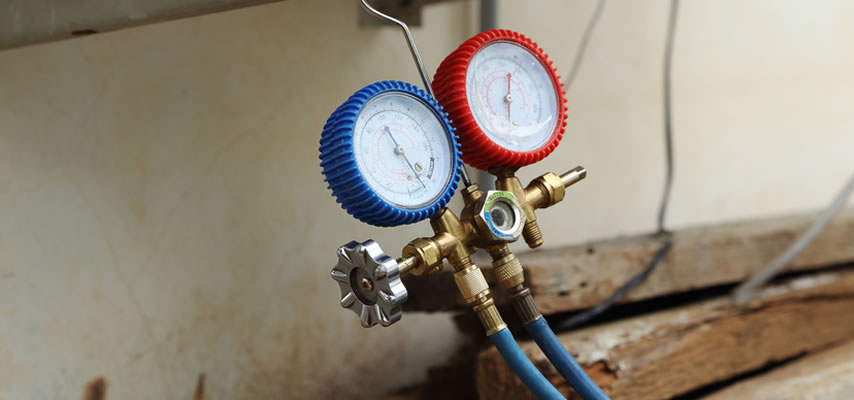If you are a facilities manager in charge of older air conditioning systems, you are probably concerned about the news that R22 is being phased out. Is this going to necessitate the replacement of a lot of expensive equipment? You’re probably also curious about the R22 phase out timeline and how quickly you need to act.
As a homeowner or consumer utilizing a cooling system in your home or office, the R-22 refrigerant phaseout is something that you need to be aware of, as well as the impact it may have on your choice in air conditioning equipment.
To help you understand the gravity of the situation, we’ll go over the timeline for the R22 phase out in this article. Then we’ll go over the options for facilities with R22 air conditioning equipment, as well as some pointers for making the best decision for your business.
Older systems should be retrofitted to use a new refrigerant. In some cases, you may be able to invest in a retrofit or conversion that will allow your older system to use newer refrigerants. That option will not be available for all systems, so you’ll need to conduct an inspection to see if it’s a viable option for you.
Why is R-22 refrigerant being phased out?
Through an international treaty known as the Montreal Protocol, the Environmental Protection Agency (EPA) of the United States has mandated a R-22 refrigerant phaseout through the Clean Air Act. The EPA had already imposed restrictions on production and distribution of R-22 for cooling systems, and has tightened those restrictions even further. They are allowing systems manufactured prior to 2010 to continue using R-22, but the availability of that product is dwindling, as well.
What is the difference between R-22 and R-410A?
One of the primary differences between R-22 and R-410A refrigerants, and the leading cause for the R-22 refrigerant phaseout, is that R-410A, which contains no chlorine, is considered more environmentally friendly (which conforms to the EPA’s Clean Air Act requirements).
What does this mean for homeowners and consumers using R-22 systems?
If your system was manufactured prior to 2010, you can continue using R-22, but you will find it harder to obtain. Along with the reduction in manufacture of equipment using that product, the refrigerant itself will see limited production.
What options are available to consumers?
Many companies are now manufacturing and distributing cooling systems that are compatible with R-410A. This allows homeowners and consumers a viable option for equipment replacement or upgrades and permits them to avoid any challenges due to the R-22 phaseout.
If you are in need of information or service relating to your home heating and cooling equipment, contact a local HVAC contractor or service provider to find out all the equipment and refrigerant options available to you for your home cooling needs. They can also answer any questions you may have about the impacts of the R-22 refrigerant phaseout.

